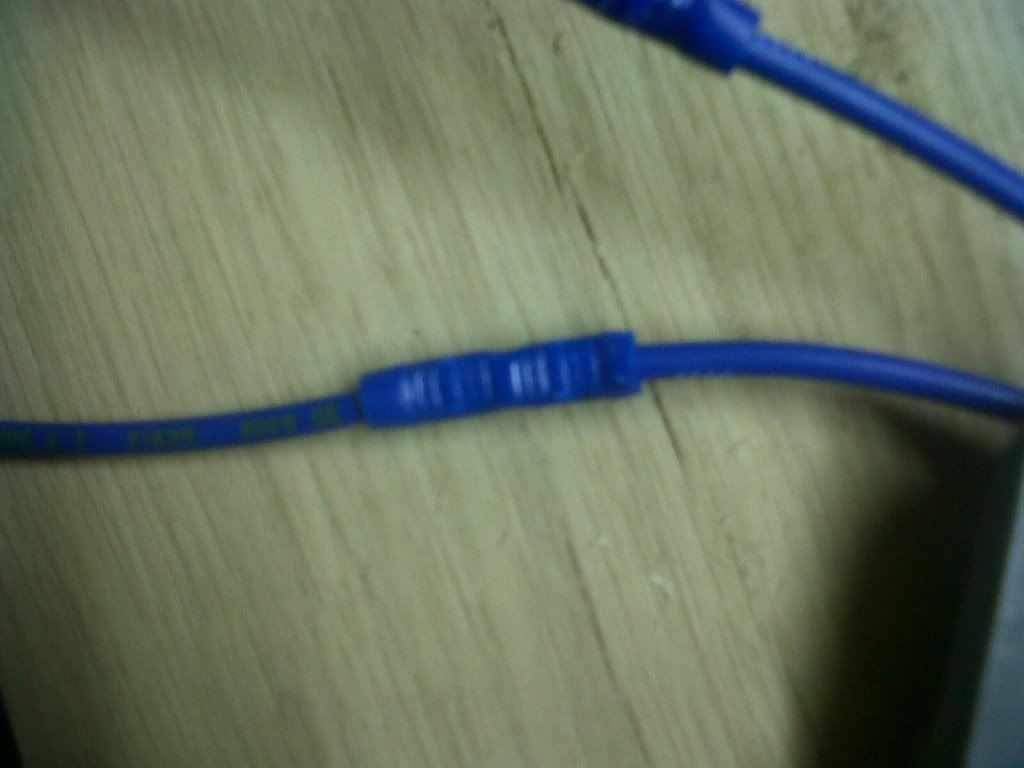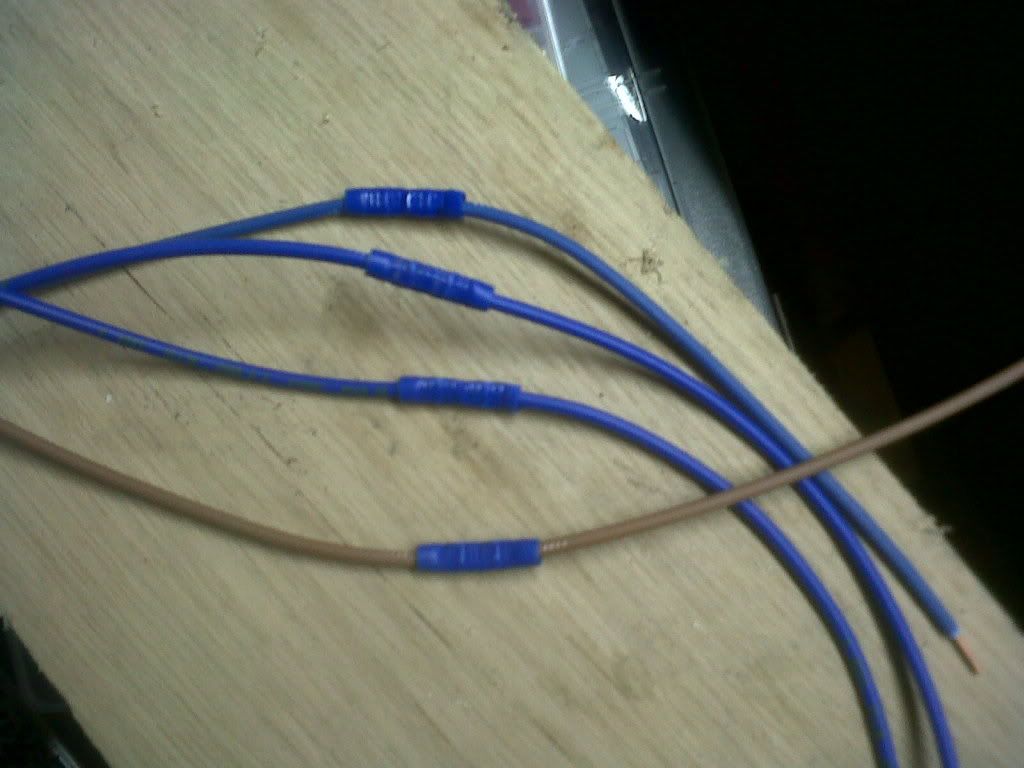Lanarcaman
The preferable method for connection of HV MV jointing and terminating is to soft solder into lugs or ferrules and has been used for many years. so im surprised you have only seen a crimped joint. Though i do agree a properly crimped joint will suffice,but where stranded conductors are used inner strands need to be adequately terminated, so soft solder joints are preferable.Never seen or used any other MV or HV connection, other than crimp connections. Be they in direct buried cable joints, transformer connections, distribution panel connections..... etc etc!!! As i said never seen any other and never used any other connection type


































































